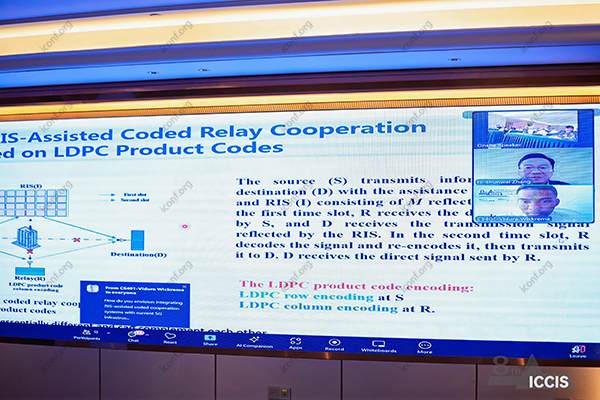The intersecting disciplines of civil engineering, architecture, and construction are driving innovations in urban design, infrastructure resilience, and sustainable built environments. Calls for Papers (CFPs) in these fields invite researchers to share original studies on structural design, smart materials, building information modeling (BIM), and project management. Publishing through CFPs advances academic careers and informs industry practice.

Global Visibility
Showcase your findings to an international community of scholars, practitioners, and policymakers.
Interdisciplinary Collaboration
Engage with experts in engineering, design, and construction management to foster cross‑disciplinary solutions.
Professional Recognition
Enhance your CV with peer‑reviewed publications that support promotions and funding applications.
While there are many platforms listing civil, architecture, and construction CFPs—such as WikiCFP and Call4Paper—your most streamlined resource is iconf.org. This centralized portal lets you:
Filter CFPs by discipline (Civil Engineering, Architecture, Construction)
Track submission deadlines and manuscript requirements
Access direct links to submission portals and organizer contacts
Submissions are typically welcomed in, but not limited to, the following areas:
Structural and Geotechnical Engineering
Sustainable & Green Building Technologies
Building Information Modeling (BIM) & Digital Twins
Urban Planning & Smart Cities
Construction Management & Project Delivery
Heritage Conservation & Adaptive Reuse
Materials Science for Infrastructure
Align with the CFP Scope
Read the call carefully to ensure your topic matches the stated themes.
Craft a Clear Abstract
Summarize objectives, methods, results, and implications in 300–350 words.
Follow Formatting Guidelines
Adhere strictly to word limits, template styles, and citation formats.
Use High‑Quality Visuals
Include well‑labeled figures, tables, and diagrams to illustrate key data.
Proofread and Peer‑Review
Solicit feedback from colleagues and perform professional editing to eliminate errors.
Submitting to a Civil, Architecture & Construction CFP can significantly elevate your research impact and professional network. Visit iconf.org to explore current CFP listings, access submission instructions, and connect with global experts in your field.
Prepare your manuscript today and advance the future of the built environment.